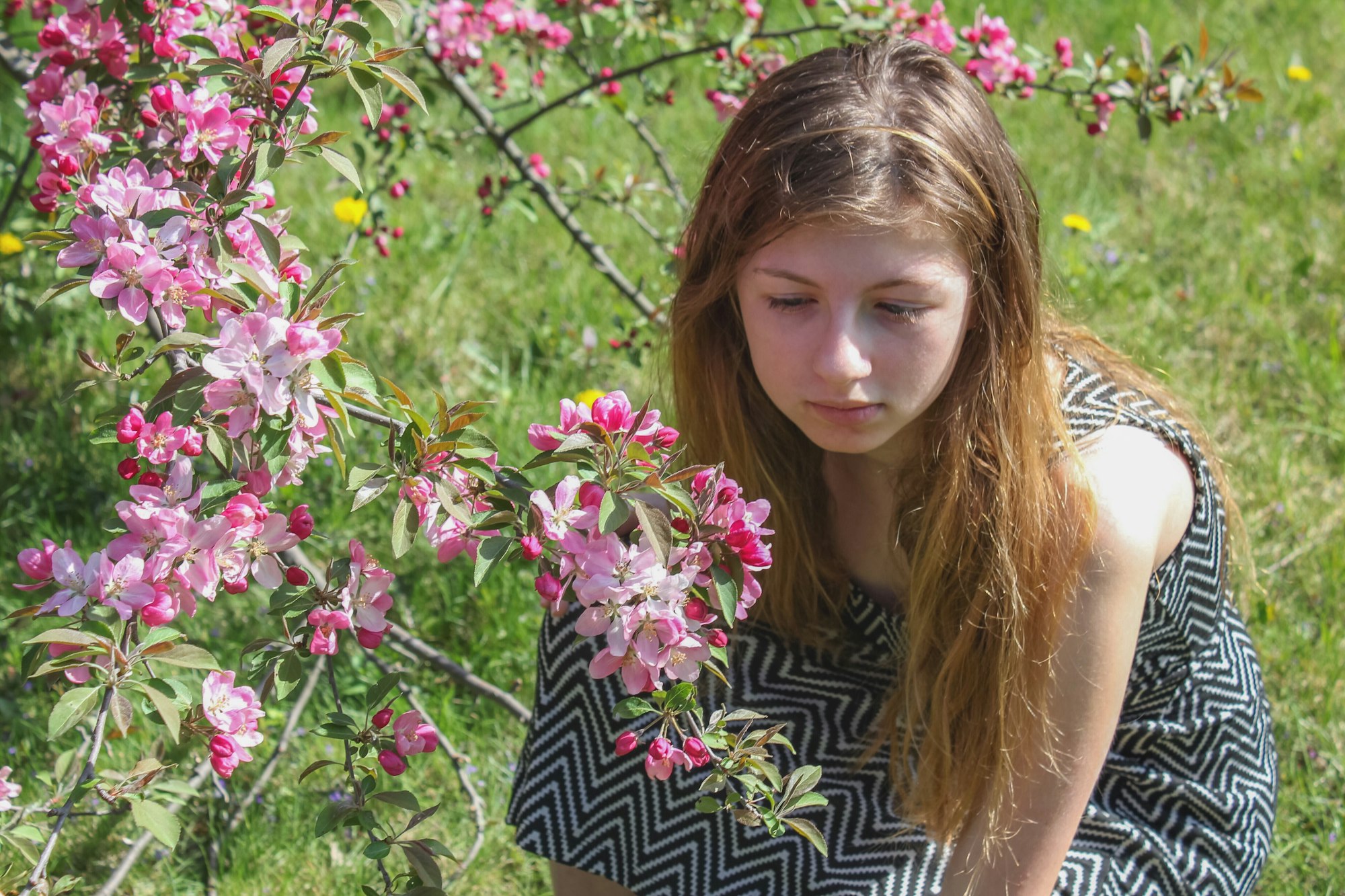After fall fun is over and it starts getting dark before and after school, some children will have a hard time adjusting. When daylight saving time ends, it can be especially hard to get them out of bed. People of any age can develop seasonal affective disorder (SAD). Some of the most common symptoms are low energy, aches and pains, and changes in sleep patterns or appetite. But it can look a lot like depression or anxiety. How do you know if your child is experiencing one of these conditions?
You’ll have to talk with your child’s doctor or a licensed clinician to get a diagnosis. Educating yourself about seasonal affective disorder and other mental health conditions can help you make sure your child gets the treatment they need.
This blog post lists 16 symptoms to look for if you suspect your child might be experiencing seasonal affective disorder.
Symptoms of seasonal affective disorder
Seasonal affective disorder isn’t quite the same thing as depression. It can have some of the same symptoms, but there are a few important differences. The causes, triggers and larger behavioral patterns are different for SAD. Clinicians also take slightly different treatment approaches with these patients.
With seasonal affective disorder, a child may feel a general sense of malaise that gets worse at certain times of year. With winter pattern SAD, they’ll have symptoms that are more like depression when the days are shorter and the nights are longer. With summer pattern SAD, their symptoms may look more like anxiety or agitation. This variation is more common in warmer climates during the hottest times of the year.
Children and teens experiencing any type of seasonal affective disorder may have the following symptoms:
- difficulty concentrating
- feeling hopeless, worthless or guilty
- losing interest in activities they once enjoyed
- physical aches, pains, cramps or headaches
- unexplained digestive problems
- thoughts of not wanting to live
Symptoms of winter pattern seasonal affective disorder
It’s true that there are fewer hours of daylight in most places in the Northern Hemisphere during the winter. People in colder areas may also spend more time indoors. Less exposure to sunlight and vitamin D deficiency can both contribute to winter pattern SAD. This is why treatment often involves light therapy and vitamin D supplements. Therapy and medication can also be helpful for people experiencing this condition.
Children experiencing winter pattern SAD may notice these symptoms:
- feeling sad or down
- low energy or sluggishness
- sleeping too much
- food cravings, overeating and weight gain
- social withdrawal
Symptoms of summer pattern seasonal affective disorder
People who live near the equator may experience symptoms of summer pattern SAD during the times of year when they get the most sunlight. It’s not as common as winter pattern SAD. Symptoms may look more like anxiety, agitation, irritability, poor appetite or trouble sleeping. In addition to therapy and medication, people experiencing summer pattern SAD may take melatonin supplements before bed to help them get more restful sleep.
Children experiencing summer pattern SAD may notice these symptoms:
- agitation, restlessness or anxiety
- irritability or frustration
- trouble sleeping (insomnia)
- poor appetite
- unexplained weight loss
Don’t wait for seasonal affective disorder to pass on its own
Your child’s doctor will need to observe symptoms at least two years in a row to diagnose seasonal affective disorder. You shouldn’t wait that long to start seeking treatment. There are some things you can try at home, like using a therapy light or supplements. It’s also a good idea to find a therapist your child can talk to. Even though SAD isn’t exactly depression, it can still come with a lot of emotional ups and downs. A therapist can help your child learn to “ride the wave.” Treatment shouldn’t just be about managing symptoms, though. Your child’s therapist should also help them build positive practices that help them feel better during difficult times of year. They can help your child recognize what they like best about long winter nights or long summer days and focus on those things.
Make sure your child’s doctor knows about their symptoms. Most often, some lifestyle adjustments, therapy and sometimes medication are enough to manage seasonal affective disorder. At Embrace U, we provide a higher level of treatment for adolescents aged 10 to 18 in Middle Tennessee whose symptoms are interfering with their lives. Our programs combine several evidence-based therapies with group treatments and family therapy sessions. Treatments are highly personalized so each patient we work with gets the help they need.
Do you have questions about treatment for seasonal affective disorder? Contact our team today. Let’s talk about your child’s symptoms and the next steps to get them the help they need.




